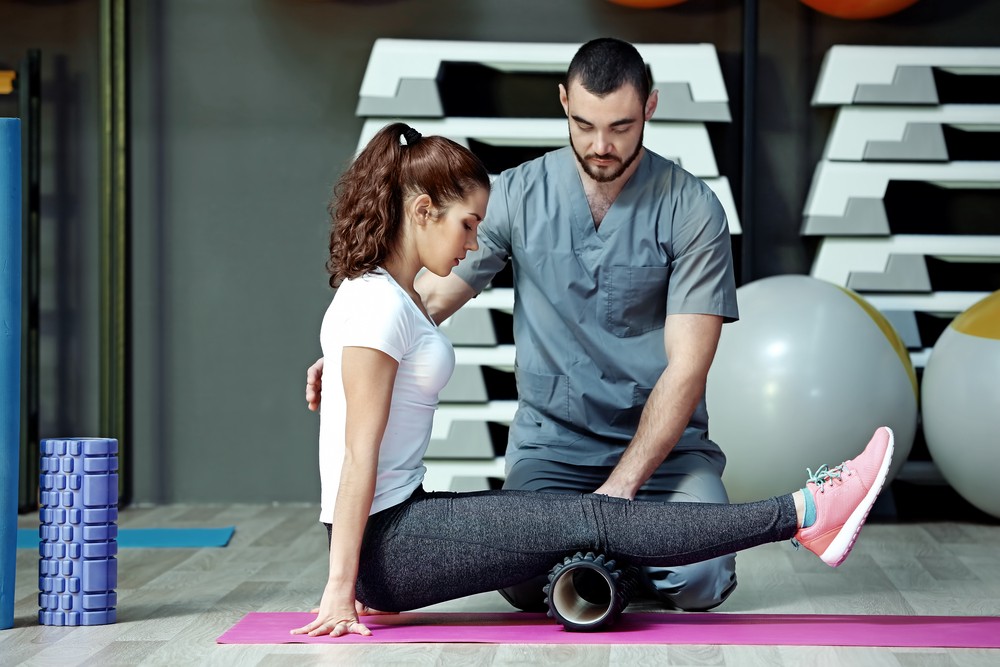Exploring the Diverse Methods of Physical Rehabilitation for Improved Recovery and Restoration
Exploring the Diverse Methods of Physical Rehabilitation for Improved Recovery and Restoration
Blog Article
Physical rehabilitation is an important discipline that helps individuals recover from injuries, surgeries, and multiple medical issues. It entails a variety of methods designed to improve movement, reduce pain, and boost general bodily function. Physical therapists are trained experts who evaluate each patient’s requirements and create personalized treatment plans. These programs often consist of workouts, manual treatment, and instruction about physical mechanics. By using these varied techniques, physiotherapy can substantially enhance a patient’s quality of life.
One common method used in physical is therapeutic activity. This includes specific actions and activities that assist build muscles, enhance range of motion, and increase stamina. For example, a client rehabilitating from knee operation may engage in workouts that concentrate on rebuilding strength in the lower limb muscle groups. These activities are carefully chosen based on the individual’s condition and objectives. By gradually boosting the difficulty and challenges of the activities, physiotherapy practitioners can help clients regain their strength and mobility over time.
Another important technique is hands-on therapy, which comprises physical methods to adjust the body’s tender tissues and articulations. This can involve stretching, joint movement, and massage. Manual treatment aims to alleviate pain, minimize inflammation, and improve circulation. For example, a practitioner may apply gentle force to ease tension weblink in tight muscles or to assist a articulation function more freely. This method is often integrated with other treatments to improve recovery and encourage recovery. Clients often find hands-on treatment to be a relaxing and beneficial way to manage their discomfort.
In addition to exercises and hands-on therapy, education plays a crucial role in physiotherapy. Therapists instruct patients about their issues and how to manage them efficiently. This may include advice on proper posture, physical mechanics, and strategies to prevent subsequent traumas. For instance, a therapist might show a client how to lift weighty objects properly to avoid injuring their back. By enabling patients with knowledge, physiotherapy therapists assist them take an engaged role in their rehabilitation and promote sustained wellness and well-being.
Ultimately, technology is progressively being integrated into physiotherapy methods. Tools such as ultrasound, electrical stimulation, and immersive reality can improve traditional therapy methods. These tools can assist alleviate pain, promote recovery, and provide interactive ways for patients to engage in their rehabilitation. For instance, virtual environments can create engaging settings for patients to rehearse movements in a controlled and protected environment. As advancements continues to develop, it offers promising opportunities for improving recovery results in physiotherapy.
In summary, physical includes a variety of methods that function together to assist recovery and healing. Through therapeutic exercises, manual therapy, client education, and the application of technology, physiotherapy therapists offer holistic treatment customized to each patient’s requirements. This comprehensive approach not only assists patients recover their physical abilities but also enables them to sustain their health in the long run. As more people acknowledge the benefits of physical, it remains to play a crucial role in the journey toward enhanced health and well-being.